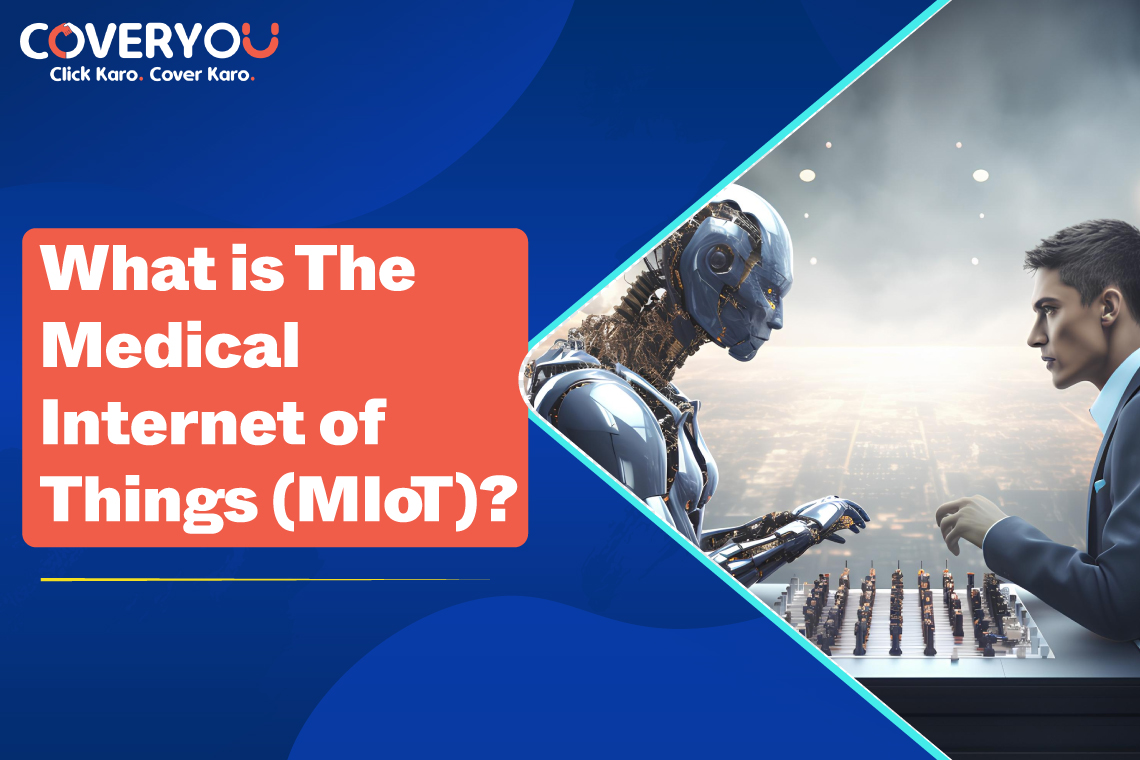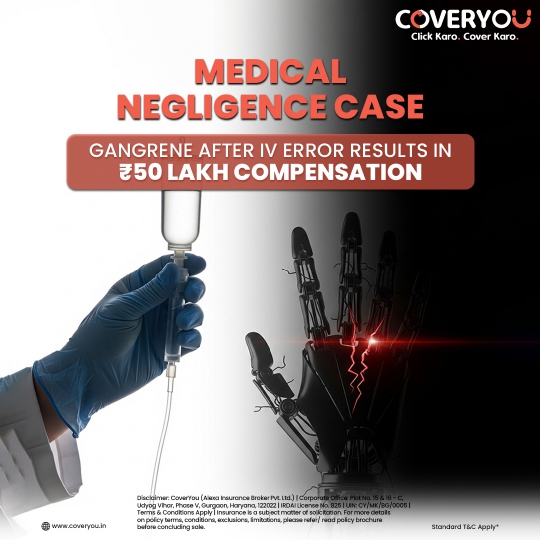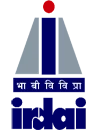Introduction
The Medical Internet of Things denotes an interconnected network of various medical devices and applications. That collect, analyze, and transmit this very crucial health data. It has revolutionized healthcare exercises by enhancing patient monitoring, improving diagnostic accuracy, and implementing tailored treatments by the day. This MIoT is developed from various technologies like advanced sensor technology, data analytics, and wireless communication.
Components of MIoT
Wearable Devices: These devices track fitness and vital signs of the body, such as heart rate, blood pressure, and activity levels. They provide real-time data generation to facilitate an increase in their application for use in continuous health monitoring.
Implantable Devices: Implantable devices, such as pacemakers and insulin pumps, are digitized to work through IoT capabilities. Thereby allowing remote monitoring and adjustment by healthcare professionals.
Smart Medical Equipment: More effective management of internet-connected hospital equipment, including MRI machines, ventilators, infusion pumps, and others.
Home Health Monitoring System: Information on patient health condition from home, including all inspirational extra devices. For instance, glucose meters to manage diabetes or home-based ECG monitors.
Healthcare application: Mobile apps and platforms that collect, store, and analyze health data from various levels of IoT devices, provide relevant actionable intelligence both to the patient and healthcare service providers.
How MIoT Works
MIoT devices collect data, normally from sensors, and send it to be stored in the cloud. Where advanced analytics, often driven by AI are used to produce actionable insights. For example, continuous glucose monitors warn patients of enormous changes in their blood sugar levels and provide recommendations for abrupt corrective measures. The apparatuses provide real-time data on which authorities in charge of patients’ health can make informed decisions.
Benefits of MIoT
Better and More Efficient Patient Monitoring: The continuous monitoring of a patient’s vital signs and health conditions allows for the early detection of any anomalies. Thus avoiding severe health complications.
Personalized Medicine: The comprehensive health data gathered through the MIoT enables a person to have treatment based on his or her individual needs.
Better Outcomes for Patients: Through its real-time data provision, insights, and other areas, it helps make sure that patients get timely attention, hence leading to improved health in patients.
It can decrease the number of hospital admissions and in-person consultations by early detection of health issues remotely, which will bring down the overall cost of healthcare.
Operational Efficiency: Smart medical equipment could be monitored and maintained more effectively to bring down downtime and ensure that it works at its optimum.
Challenges and Considerations
Security of Data/Privacy: Given the amount of health data to be collected by the devices, it raises robust security concerns to prevent data breaches and protect patients’ privacy.
Interoperability: MIoT devices and systems from different manufacturers should be interoperable and work seamlessly. This way requires standardised protocols and compatibility.
Regulatory Compliance: There are a lot of regulations and standards in the field of healthcare. Most of which are varied and need to be compiled by the MIoT devices depending on the region and application.
Reliability of Technology: The reliability and accuracy of the MIoT devices are essential as malfunction or inaccuracy can turn out to be very serious for health.
Future Prospects
Looking ahead, it is very sure that MIoT has a promising future ahead, with continuous technological advancement added to it. Developments in AI and machine learning can be done on complex data analysis, therefore yielding more insight into human health. The integration of EHRs with the devices will ease the flow of data. While providing better coordination among providers involved in health services. Not to mention the increase in the speed and reliability of data transmission brought by 5G network expansion, further increasing the effectiveness of MIoT.
Conclusion
The Medical Internet of Things is fast transforming the environment of healthcare. Through its feasibility of anywhere, anytime monitoring, personalized treatment. With more positive patient outcomes. However, challenges do pose a path to implementation, but the benefits associated with MIoT increase enhanced patient care. With operational efficiency, making it one of the most imperative parts of modern healthcare systems. While technology furthers itself in enhancement, so will the ability of MIoT to instigate an actionable change in healthcare delivery. While focusing on patient management, and manifold, toward a view of a more connected and self-sustaining healthcare future.

















